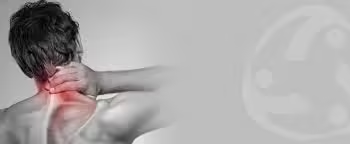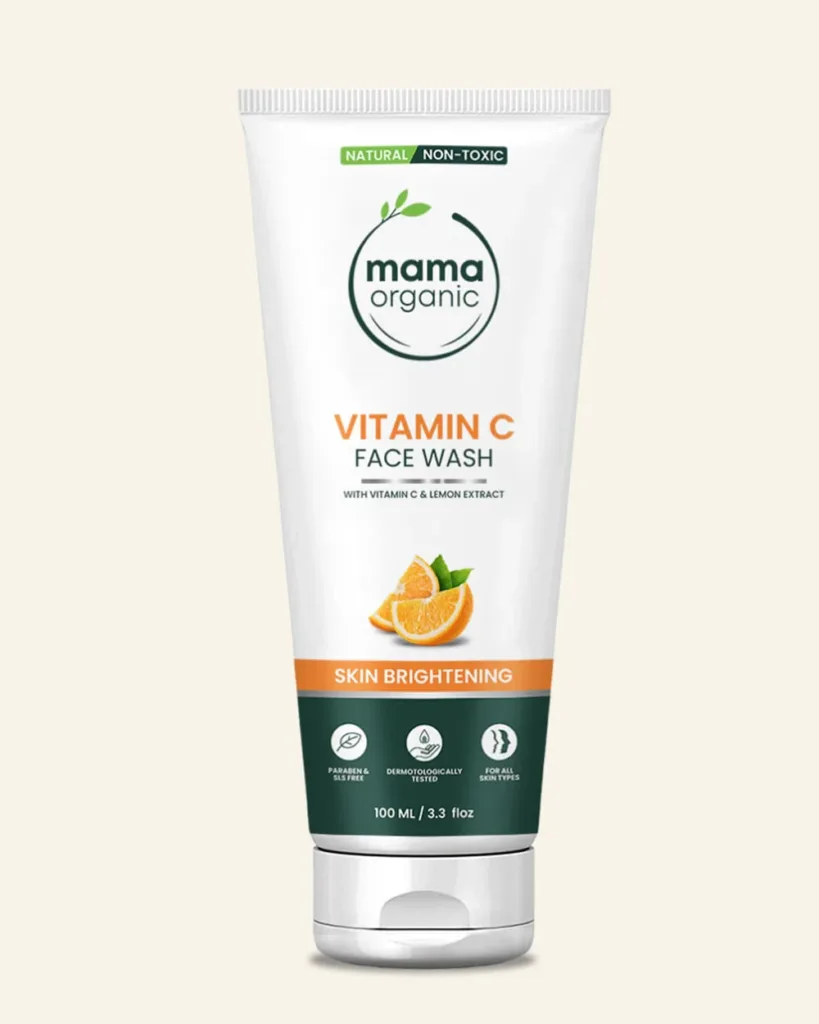Muscle pain is a common concern that often accompanies the natural process of aging. As individuals grow older, changes in muscle structure and function can lead to increased susceptibility to various forms of discomfort and soreness. Understanding the causes, types, and impact of muscle pain in older adults is essential for promoting overall well-being and quality of life. This article delves into the intricacies of muscle pain in aging, shedding light on effective strategies for managing and preventing such discomfort to ensure healthy aging and optimal physical function.
Introduction to Muscle Pain in Aging
Getting older comes with its fair share of perks like wisdom and discounted movie tickets on Tuesdays, but it also often brings along some unwelcome guests—muscle pain being one of them. Whether it’s a twinge in your back or stiffness in your knees, muscle pain can become a frequent companion as we age.
Understanding the Prevalence of Muscle Pain in Older Adults
Muscle pain isn’t just reserved for the action heroes in blockbuster movies—it’s a common complaint among older adults. From creaky joints to sore muscles, dealing with aches and pains becomes almost as routine as morning coffee breaks. Understanding how prevalent muscle pain is in the aging population can shed light on the importance of addressing and managing it effectively.
Significance of Addressing Muscle Pain in Aging
While complaining about sore muscles might earn you some sympathy from your grandkids, addressing muscle pain in aging goes beyond just seeking comfort. Managing muscle pain can significantly impact your overall quality of life, allowing you to stay active, mobile, and maybe even beat them in a game of hopscotch.
Causes of Muscle Pain in Older Adults
Just like that one relative who overstays their welcome at family gatherings, muscle pain in aging can be caused by various factors. Understanding these causes can help in pinpointing the source of the ache and devising a plan to kick it to the curb.
Age-Related Changes in Muscles and Connective Tissues
As we age, our muscles and connective tissues go through their own version of a mid-life crisis. Changes such as decreased muscle mass, reduced flexibility, and slower tissue repair can contribute to the onset of muscle pain. It’s like our body’s way of reminding us that it’s not as sprightly as it used to be.
Medical Conditions Contributing to Muscle Pain
Sometimes, muscle pain isn’t just a byproduct of aging gracefully—it can also be a red flag for underlying medical conditions. From arthritis to fibromyalgia, certain health issues can exacerbate muscle pain in older adults, making it crucial to sleuth out the root cause for effective management.
Common Types of Muscle Pain Associated with Aging
Muscle pain comes in more flavors than your local ice cream parlor, with each type bringing its own unique set of challenges. Knowing the common culprits can help you identify and tackle the specific type of muscle pain you’re dealing with.
Chronic Musculoskeletal Pain
Chronic musculoskeletal pain is like that annoying background noise you can’t seem to escape—it’s there, it’s persistent, and it loves to remind you of its presence. This type of pain can affect your daily activities and linger like a guest who just won’t take the hint to leave.
Acute Muscle Strains and Sprains
Whether it’s from attempting to show off your dance moves from the ’80s or simply reaching for the last cookie on the top shelf, acute muscle strains and sprains can strike at any moment. These sudden injuries can cause sharp pain and limit your movement temporarily, requiring some TLC and maybe a few less daring dance moves.
Impact of Muscle Pain on Quality of Life
Muscle pain isn’t just a nuisance—it can also throw a whole bucket of wrenches into your daily routine and overall well-being. Understanding how muscle pain affects your physical and emotional health can highlight the importance of managing it effectively.
Physical Limitations and Functional Impairments
From struggling to tie your shoelaces to wincing every time you try to sit down, muscle pain can put a damper on your physical abilities and independence. Dealing with limitations in movement and function can make even simple tasks feel like climbing Mount Everest in flip flops.
Psychological Effects and Emotional Well-being
It’s not just your body that muscle pain takes a toll on—it can also mess with your mind and emotions. Dealing with constant pain and limitations can lead to feelings of frustration, anxiety, and even a touch of the grumpiness. Addressing the psychological impact of muscle pain is as essential as soothing the physical discomfort, ensuring you can tackle both with a balanced approach.
Strategies for Managing and Preventing Muscle Pain in Aging
Dealing with muscle pain as we age can be a real pain in the… muscles. But fear not, there are practical ways to manage and prevent this discomfort. From gentle stretching routines to incorporating anti-inflammatory foods into your diet, there are various strategies to help keep your muscles happy and healthy.
Overview of Treatment Approaches
When it comes to treating muscle pain in aging individuals, a multi-faceted approach is key. This may include a combination of gentle exercises, targeted stretches, over-the-counter pain relief medications, and in some cases, physical therapy sessions. It’s essential to consult with a healthcare professional to determine the best course of action for your specific situation.
Importance of Early Intervention and Rehabilitation
Don’t wait until your muscles feel like they’ve been in a wrestling match with a grizzly bear before seeking help. Early intervention and proper rehabilitation can significantly improve outcomes when it comes to managing muscle pain in aging adults. Whether it’s through targeted exercises, heat therapy, or massage, addressing muscle issues sooner rather than later can make a world of difference.
Exercise and Physical Therapy Approaches for Muscle Pain Relief
Forget the notion that muscles are like a fine wine – they don’t get better with age. But fear not, regular exercise and physical therapy can work wonders in alleviating muscle pain and maintaining strength as we get older.
Benefits of Regular Exercise for Aging Muscles
Breaking a sweat isn’t just for the young whippersnappers. Regular exercise, whether it’s brisk walks, gentle yoga, or water aerobics, can help keep aging muscles strong and supple. Not to mention, it’s a great way to release those feel-good endorphins and boost your overall well-being.
Role of Physical Therapy in Managing Muscle Pain
Physical therapy isn’t just for athletes recovering from injuries; it can be a game-changer for aging individuals dealing with muscle pain. A skilled physical therapist can tailor exercises and techniques to target specific muscle groups, improve flexibility, and alleviate discomfort. So don’t shy away from seeking professional help if your muscles are giving you grief.
Nutrition and Lifestyle Factors for Healthy Aging Muscles
You are what you eat, and the same goes for your muscles. Maintaining a balanced diet and adopting healthy lifestyle habits can go a long way in supporting muscle health as you age.
Dietary Considerations for Muscle Health
No, you don’t have to live on a diet of kale and quinoa (unless you want to). But incorporating protein-rich foods, omega-3 fatty acids, and plenty of fruits and vegetables can help support muscle function and repair. And don’t forget to stay hydrated – your muscles will thank you!
Adopting Healthy Habits to Support Muscular Function
Aside from what’s on your plate, lifestyle factors like getting enough sleep, managing stress, and staying active throughout the day can also impact your muscle health. So, make sure to prioritize self-care and incorporate activities that promote muscular function into your daily routine. Your muscles will thank you for it!In conclusion, being proactive in addressing muscle pain and its impact on aging can significantly enhance one’s quality of life and physical well-being. By implementing a combination of appropriate exercise, therapy, and lifestyle modifications, individuals can better manage muscle pain, improve mobility, and enjoy a more active and fulfilling life as they age. Remember, it’s never too late to prioritize muscle health and take steps towards maintaining strength and flexibility for a healthier, more vibrant future.



